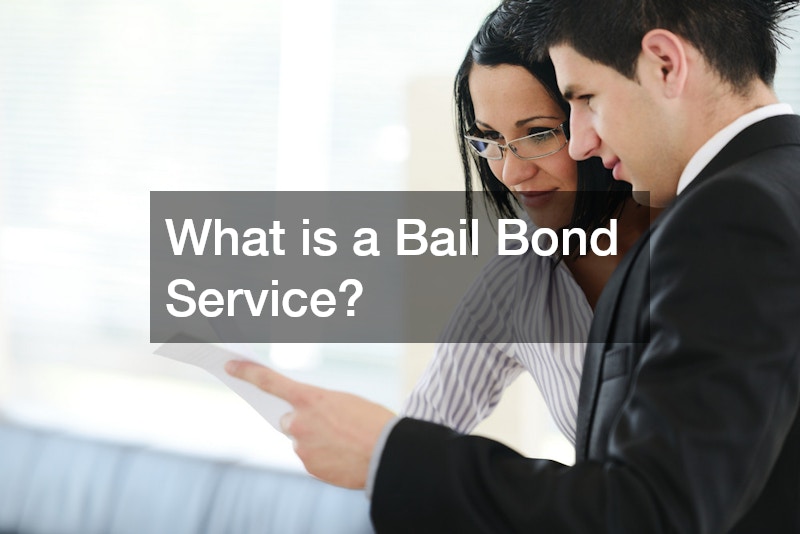When someone is arrested, the court may set a bail amount that must be paid before the person can be released while their case moves forward. For many families, paying that full amount upfront is not realistic, and this is where a bail bond service comes in. Instead of coming up with the entire bail, you can work with a licensed bondsman who posts a bond on your behalf.
This option can make the difference between staying in jail and being able to return to work, school, and family while the case is pending.
Understanding Bail And Jail Release
Bail is essentially a financial promise that the accused person will return to court for all required hearings. The judge considers factors like the charges, criminal history, and ties to the community when deciding whether to set bail and how much it should be. If the full amount is paid in cash directly to the court, it may be returned at the end of the case, assuming all appearances are made. However, because bail can be thousands of dollars, many people turn to a bail bond service to find a more manageable path to release.
When you contact a bondsman, they review the case details, confirm the bail amount, and explain what is required to move forward. In most situations, you pay a nonrefundable fee known as a premium, which is a percentage of the total bail. The bondsman then posts a bond with the court guaranteeing the defendant’s appearance. While this does not erase the charges, it helps avoid the disruption of sitting in jail while the case is pending.
How Bail Amounts And Fees Work
The court sets the bail amount based on local laws and the specific circumstances of the arrest. In some jurisdictions, there is a standard schedule for certain offenses, while in others, the judge has more discretion. Regardless of how it is decided, the amount is often too high for most individuals to pay on short notice. A bail bond service steps in by pledging the full amount to the court, allowing the defendant to be released without paying everything upfront.
In exchange, the defendant or their cosigner pays the premium, which is the bondsman’s fee, and may also provide collateral such as a vehicle title or other property. The collateral helps protect the bondsman if the defendant fails to appear in court. If the case is resolved and the defendant has appeared at all required hearings, the bond is discharged. The collateral is typically returned, but the premium remains the bondsman’s earned fee for providing the service.
Types Of Bail Bonds You May Encounter
Not every case is the same, and there are different types of bonds that may be available depending on the situation. A surety bond is one of the most common options, where the bail bond service guarantees the full amount to the court. Cash bonds, by contrast, require the entire sum to be paid in cash directly to the court, which some families can manage on their own. Property bonds use real estate as security, although these can take longer to arrange because of the paperwork involved.
In some lower-level cases, it may be possible to secure release on personal recognizance, meaning the defendant promises to return without paying money upfront. However, this is not always available, particularly if the charges are serious or the person has missed court dates in the past. In those situations, working with a bondsman can provide a practical solution to secure release in a way that fits the family’s financial reality.
What To Expect When You Call
People often contact a bondsman in the middle of the night or during a stressful emergency, so it helps to know what to expect in advance. When you call a bail bond service, be prepared to provide the defendant’s full name, date of birth, the jail they are being held in, and, if possible, the booking or case number. With that information, the bondsman can confirm the bail amount, explain the premium, and review any collateral requirements.
Once you agree to the terms, you will sign paperwork outlining your responsibilities and the conditions of the bond. The bondsman then coordinates with the jail or detention facility to post the bond and secure the defendant’s release.






